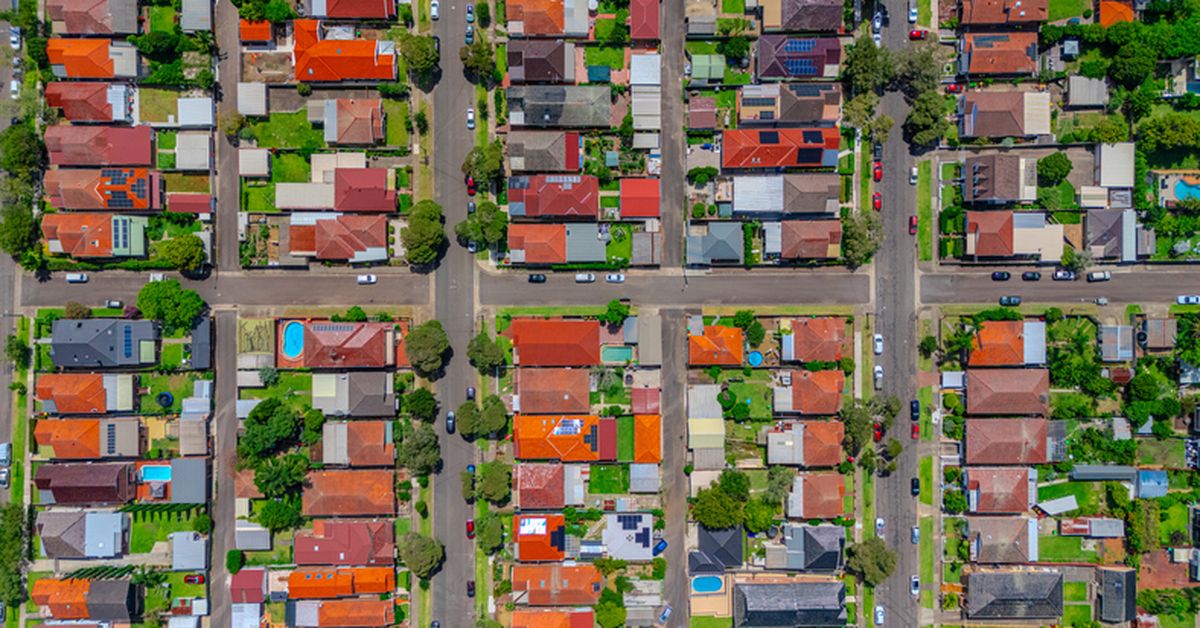More than a million Australian households have reached a critical level of housing stress, according to a new report from Australia’s peak health body.
A new annual report from the Australian Institute of Health and Welfare checked Australia’s progress on everything from life satisfaction to employment to education.
And while the country tracks well against its OECD (Organisation for Economic Cooperation and Development) counterparts in most aspects, one key factor shows financial pressure is rising in Australia.
 More than a million households are experiencing housing stress. (Getty)
More than a million households are experiencing housing stress. (Getty)
Around 1.3 million low-income households were experiencing housing stress in 2024–25, spending more than 30 per cent of their disposable income on housing, the report revealed.
The number of social housing dwellings increased by 45,200 between June 2006 and June 2024.
However, social housing dwellings made up only 4.1 per cent of all households in 2024, a decrease from 4.8 per cent in 2011.
Specialist homelessness services supported about 280,000 people in 2023–24 who were either homeless or at risk of homelessness.
Nearly half (45 per cent) of the children and young people aged 15 to 24 who presented alone to agencies for support were still experiencing homelessness when their support ended in 2023–24.
And the housing system is letting others down too.
The most difficult places in Australia to find a rental
“Home ownership rates are falling with fewer young people owning their own home,” AIHW spokesperson Louise Gates said.
“Between 2014 and 2024, the median transfer price for established houses in capital cities, where most Australians live, increased substantially.”
Home ownership rates declined from 50 per cent to 36 per cent among people aged 25 to 29, and from 64 per cent to 50 per cent for those aged 30 to 34, between 1971 and 2021.


